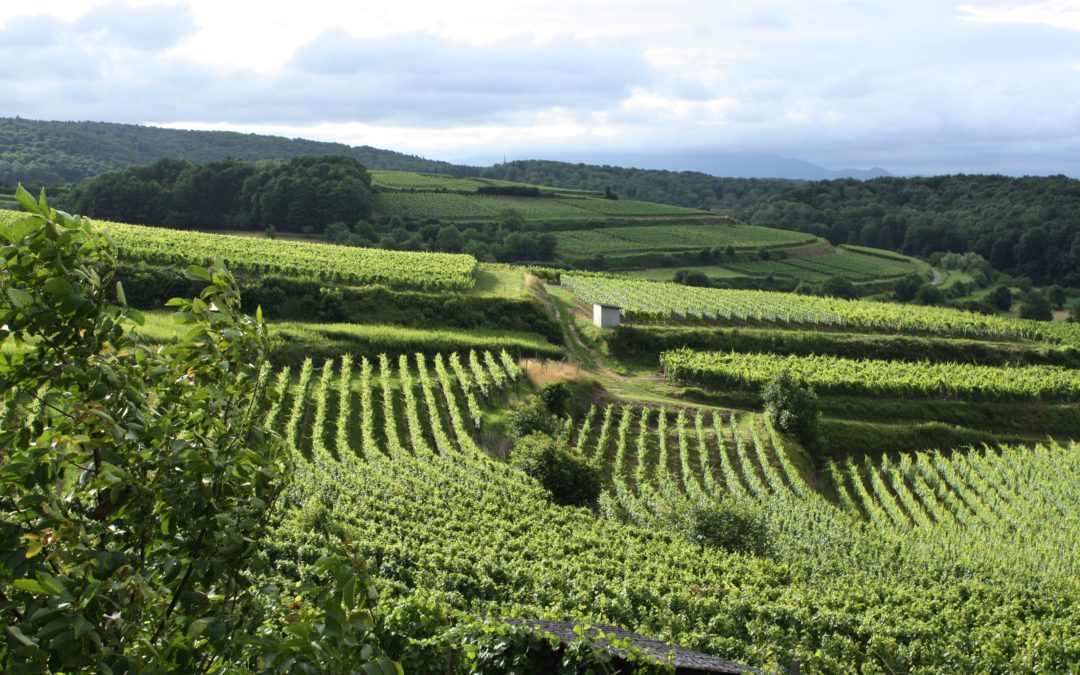As you know I am a big fan of Riesling.
The most celebrated examples of Riesling grow along the winding Mosel River. The Mosel begins in the Vosges Mountains in eastern France and flows northeast across Luxembourg and into Germany where it twists and turns — quite sharply at times — for 150 miles to Koblenz where it joins the Rhine.
The Mosel Valley is Germany’s third largest wine region, producing approximately 12 varietals with Riesling making up 60 percent of production.
The classification of the wines of the Mosel is important. There are three classifications to look for: Qualitatswein (QbA), Pradikatswein and Verband Deutscher Pradikatsweinguter (VDP).
QbA wines are those produced meeting a minimum ripeness level. This classification includes many everyday Rieslings (and today’s Value and Splurge).
Pradikatswein bases quality on the number of grapes affected by noble rot and the ripeness levels. This classification ranges from Kabinett (a dry wine) to the highest end of the sweet wines of the region, Trockenbeerenauslese.
VDP is an association of wine estates that classifies wines according to terroir.
It’s important to keep in mind these classifications are not a ranking of quality but refer to the ripeness level of the grapes. Because the region has traditionally been so cool, ripeness has been the determining factor of wine quality.
The Mosel Valley is one of the most northern latitudes (50th parallel) for growing grapes. Knowing the vineyard is situated to get the maximum hours of sunshine is key in selecting quality wine. When you see photos of the Mosel vineyards, chances are they are nestled along the river on steep slopes. This is very important because the areas facing south receive up to 10 times more sunlight during the growing season than north facing plots.
Soil is an another contributing factor. The slate soils offer good drainage during the wet growing season, but more importantly the slate holds the daytime heat and radiates it back to the vines.
Understanding these concepts and being able to put them to use is easier said than done.
It helps to know, many German wine labels use the same layout: Producer or bottler on the top line, followed by the vintage, then the name of the village and vineyard where the wine was produced, the grape varietal and finally the quality classification — Deutscher wein, landwein, Qualitatswein and Pradikatswein. Pradikatswein is further identified as kabinett, spatlese, auslese, beerenauslese, eiswein, trockenbeerenauslese. The VDP designation, if any, is usually found on the bottle neck.
THE VALUE
- 2016 Clean Slate Mosel Riesling, Germany (about $12 retail)
THE SPLURGE
- 2016 Rudi Wiest Select Mosel Riesling, Germany (about $16 retail)
